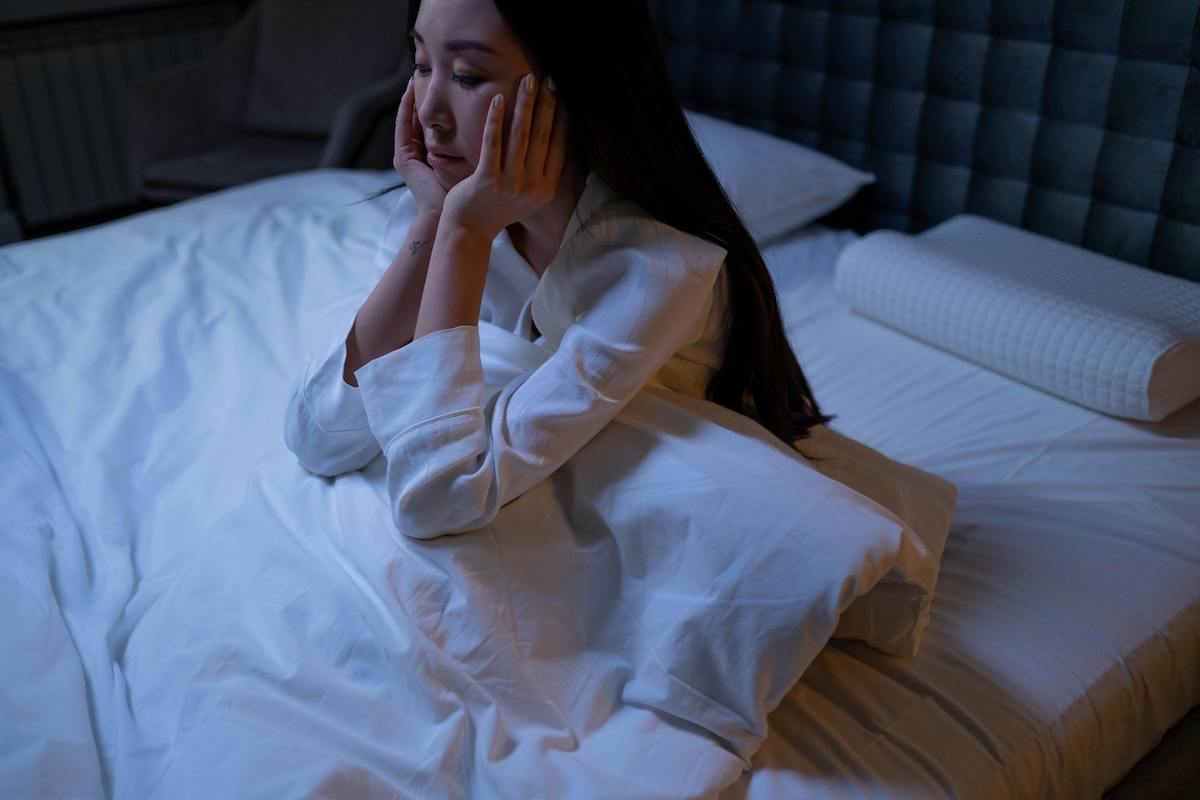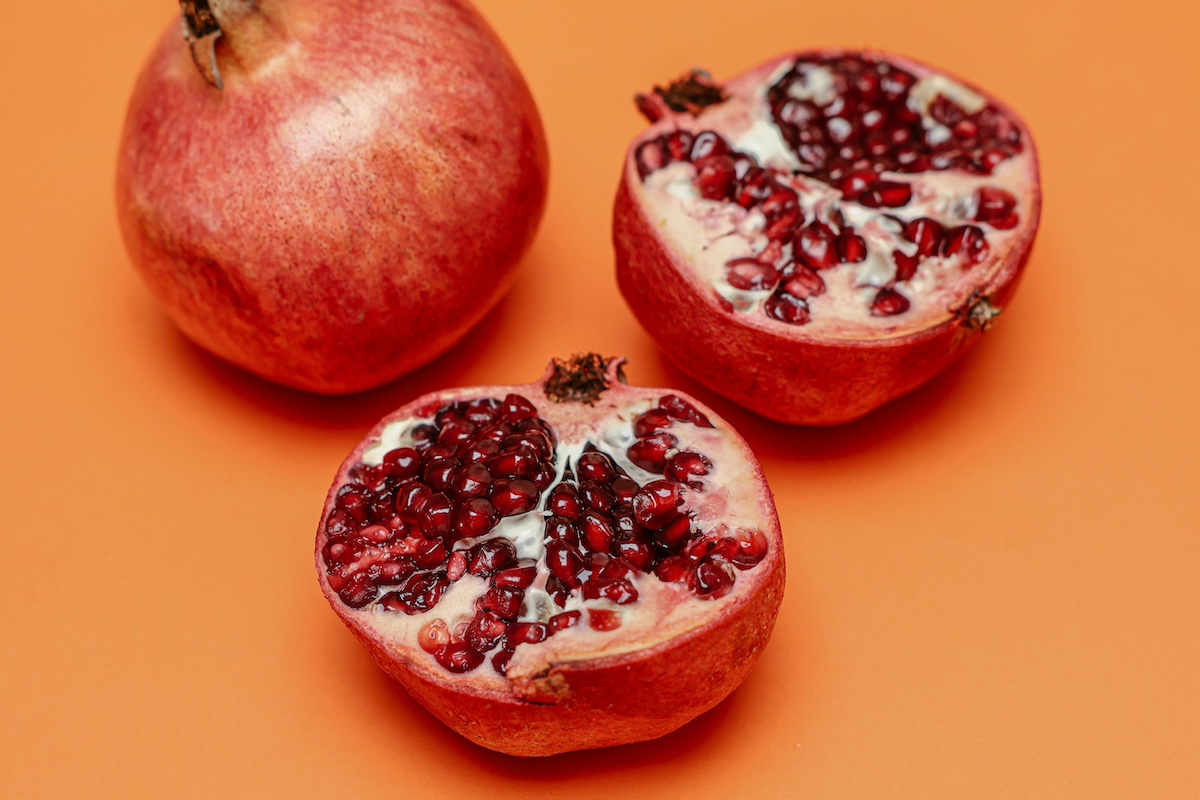What is the impact if you are (like me) in either the late-reproductive phase or perimenopause and just started on tamoxifen post-treatment (surgical only, no chemo or radiation) for breast cancer? I would love to better understand what the tamoxifen does to my hormones and resulting body cycles.
—Jolie
A number of you have asked a version of this question. It breaks my heart that so many of you have been diagnosed with premenopausal breast cancer. It is a challenging diagnosis to manage no matter your stage at diagnosis. I find my patients navigating a breast cancer diagnosis often appreciate knowing what they can expect with all the various treatment options. Knowing what to expect always makes things a little easier.
Tamoxifen is a selective estrogen receptor antagonist, which means it blocks estrogen from having an effect on certain types of cells in the body and acts like estrogen in other cells in the body. It is one of a number of similar medications given to women who are being treated for a type of breast cancer that grows when it is exposed to estrogen. It is the most common medication of this type recommended to premenopausal women.
Most often tamoxifen is given after treatment for breast cancer is complete, to prevent the cancer from recurring. Several randomized controlled trials of the medication have shown a decreased risk of recurrence. The International Breast Cancer Intervention Study (IBIS-I), a randomized controlled trial that compared tamoxifen to a placebo found that in premenopausal women in the tamoxifen group, 4.4 per 1,000 women had a recurrence of breast cancer, compared with 6.25 per 1,000 women in the placebo group.
For many women, tamoxifen does cause side effects. When you block estrogen from acting on some cells in the body, it can feel similar to the symptoms women often experience with perimenopause. Many women taking tamoxifen experience hot flushes and night sweats. Women who are premenopausal seem to have more hot flushes and night sweats with it than postmenopausal women do.
Tamoxifen can also cause vaginal dryness and, as a result, sexual dysfunction, but it seems to do so less than other medications given to prevent breast cancer recurrence.
Tamoxifen acts like estrogen in the cells of the uterine lining. As a result, 50% of premenopausal women who take it will experience abnormal uterine bleeding. This can take the form of bleeding between periods, heavy bleeding, irregular periods, or absent periods. These types of menstrual irregularities should be addressed with your gynecologist.
One study of 121 women taking tamoxifen found that among those women not having a period for 12 months or more, it was not associated with high levels of follicle-stimulating hormone, like we see in menopausal women not taking tamoxifen. It seems there is a disconnect between physical menopause (the absence of periods) and hormonal menopause in premenopausal women taking tamoxifen. The implications of this are unclear.
Follow-up data from IBIS-I show that the benefits of tamoxifen treatment persist after the medication is stopped but that for most women the side effects improve substantially.
Tamoxifen effectively reduces the risk of recurrence of some types of breast cancer. For many premenopausal women, it also causes hot flushes, night sweats, and abnormal uterine bleeding. You should discuss any side effects you experience with your doctor. There are safe ways to relieve many side effects women experience. And know that any side effects you experience will likely subside once you stop treatment.
















Log in